A gold coin, weighing 9.4 grams, in the collection of the Brukenthal Museum in Sibiu, was brought to the public's attention after British researchers concluded, following some investigations, that it would not be fake and could prove the existence of a Roman emperor, named Sponsianus, on the territory of Dacia.
The acting manager of Brukenthal Museum, Alexandru Chituta, on Friday launched an invitation to specialists from all over the world to investigate whether the coin is authentic or fake and, in the end, "to elucidate whether Sponsianus is a myth or really existed and is a historical figure''.
"For the Brukenthal National Museum, any research of a piece or a collection is an extraordinary thing. Therefore, I can only welcome the initiative of Professor Paul Pearson from University College London (England) and the University of Glasgow (Scotland), as well as colleagues from the Hunterian Museum and Art Gallery in Glasgow (Scotland) for coming, investigating a piece that the Brukenthal National Museum owns, which is on display in the History Museum, a piece that belonged to collector [Samuel Von] Brukenthal, and who bring some ideas, draw some not necessarily conclusions, but some hypotheses. I think it's not my job to see if the coin is fake or real, but I think experts around the world can prove it. Until then, the gold coin that belonged to Baron Brukenthal is on display. We are waiting for all visitors to see it, and more than that, we expect all specialists to come and investigate and finally elucidate the case, whether the Sponsianus is a myth or he really existed and is a historical figure," declared Chituta.
"The Brukenthal National Museum is again on the pages of major press trusts, news agencies, televisions from all over the world, the Brukenthal National Museum is a museum that appears alongside the other museums in Europe that have this coin. There are four coins in the whole world, one is here. If it is a fake, it is a joy for us to be a museum in Europe that has a piece that has developed a myth; if it is real, it is a joy for us to be the only museum in Eastern Europe that has a piece that proves that there was a Sponsianus," he said.
There are only four coins with the face of Sponsianus in the whole world: the smallest of the four is in Romania, at the History Museum in Sibiu, another is in Scotland, at the Hunterian Museum and Art Gallery in Glasgow, and two are in Austria, one in Vienna, another in a monastery near Vienna, says the head of the History Museum - Altemberger House, Raluca Maria Teodorescu, professor of History at Lucian Blaga University.
The story of the coins begins in 1713, in Transylvania, where they were discovered in a small treasure. The exact location in Transylvania where the coins were found is not known. The four coins arrived from Transylvania, to Vienna, the capital of Austria. In Vienna, Baron Brukenthal, former governor of Transylvania, bought one of the four coins and brought it back to Transylvania, in Sibiu, and added it to his collection of almost 17,000 coins, and can still be found in the museum bearing his name. Like the governor of Transylvania, Dr. William Hunter bought one of the four coins from Vienna and took it to the United Kingdom, where it can still be seen at the Hunterian Museum and Art Gallery.
"In the collection of the Brukenthal National Museum, this piece is registered with inventory number 780 as a forgery, belonging to a certain Sponsianus with a question mark. The history of the piece is interesting, and it could attract the attention of tourists and specialists at the same time, in the sense that it seems that in 1713 a hoard of coins was discovered, somewhere in Transylvania, it is not known exactly where, which arrived a few years later in Vienna. From Vienna, the pieces were bought by various collectors from all over Europe and ended up in collections both public and private, such as the Brukenthal collections, in our case having this piece, or the Hunterian Museum collection, based on the entire collection itself, which was collected by William Hunter during the same period in which Baron Brukenthal lived, respectively in 1783," said Raluca Maria Teodorescu.
"We gladly accepted the wish of our colleagues from the Hunterian Museum, who wanted to examine the piece together with Professor Paul Pearson, we welcomed them here at the museum, we made available to them the piece that they studied both with the microscope , as well as with some specific geological analyses (...) and we were informed that a scientific article was to be published in relation to this discovery. Basically, what they wanted was to confirm that the state of preservation of the pieces - of those from the Hunterian Museum and from the Brukenthal National Museum - is similar and would belong to the same hoard of coins discovered in 1713, which is confirmed," explained Raluca Maria Teodorescu.
"At the moment, what I can say is that, in the academic community, both European and Romanian, this conclusion of Professor Pearson is not yet accepted and our wish is for researchers from all over Europe to express their point of view and come to capitalize on this piece, which is special both from a scientific point of view and from a promotional point of view. It is still considered a myth, but for the Brukenthal National Museum it is interesting that it is the only museum in Romania and one of the four institutions at the European level that has a piece of such rarity in its collections," mentioned Raluca Maria Teodorescu.
At the museum in Sibiu, this coin is placed separately from the others, in a display case, in a paper border, placed on a numismatic volume that belonged to Samuel von Brukenthal. A unique element is that Brukenthal not only collected the coin, but also studied it personally.
"It was one of the last coins that was studied by Samuel von Brukenthal before his death," said Raluca Maria Teodorescu.
The coin from Sibiu shows the profile of a man, who seems to be wearing a diadem on his head. Whether this man on the coin existed or not, whether he had the title of emperor or not in Dacia, it is still a mystery which has not been fully elucidated by researchers from the United Kingdom, according to the head of the Department of the History Museum.
"A character is represented, but both the Latin script and the the way this character is rendered are totally inconsistent with authentic Roman coins. It is a coin that has been considered a rough modern fake from the 19th century. Nothing is known about this supposed emperor, in the sense that there is no historical source, whether older or newer. The only mention of a name 'Sponsianus' seems to be in an inscription that was discovered in Rome, by the same Professor Pearson in his research," she added.
For the time being, the mysterious coin, unique not only in Romania, but also in Eastern Europe, awaits visitors along with other interesting exhibits at the Museum in Sibiu.AGERPRES

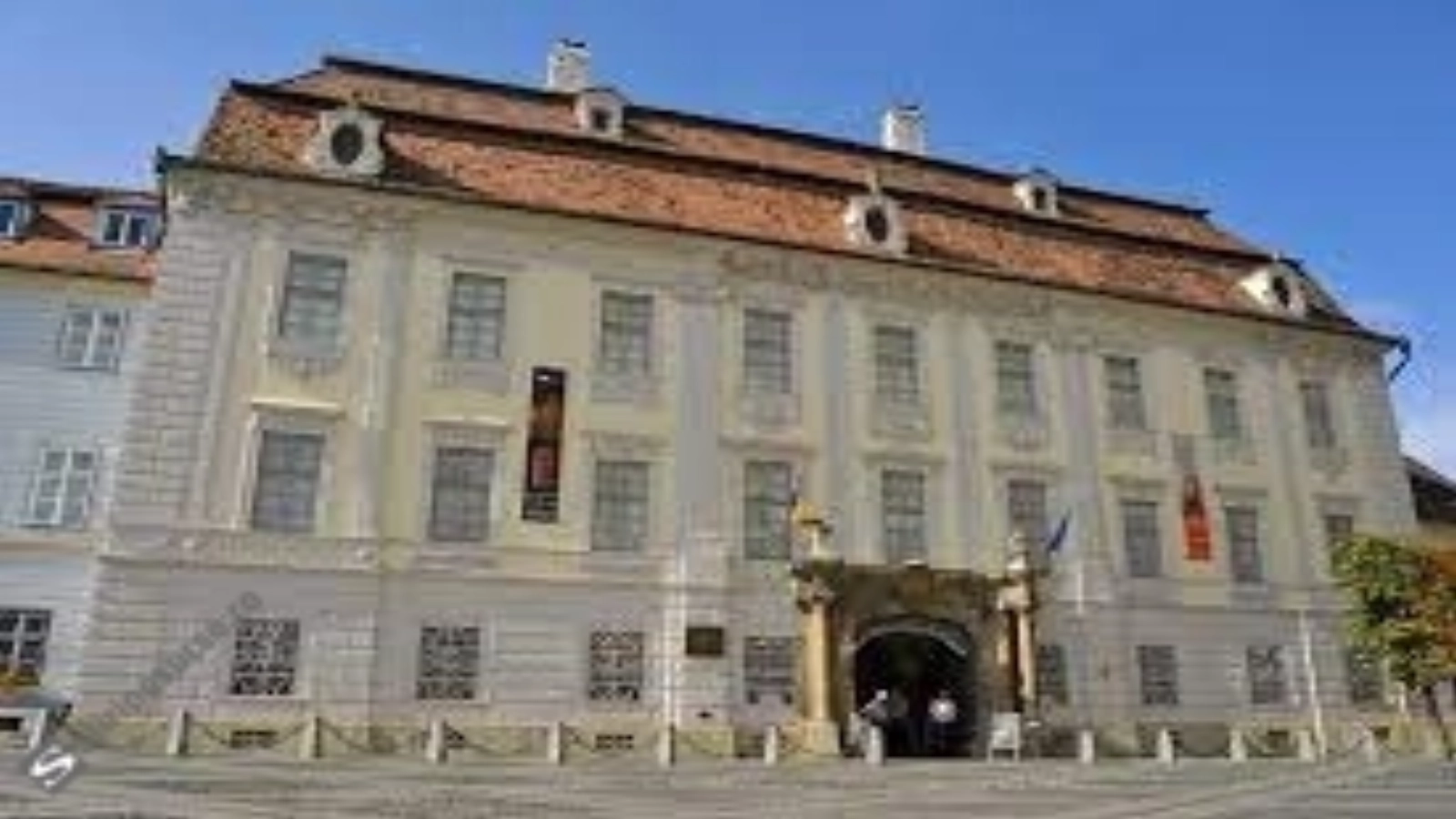




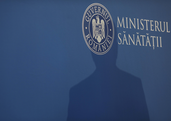

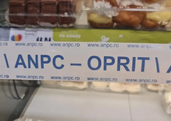
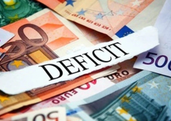


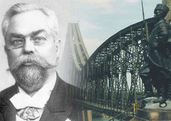
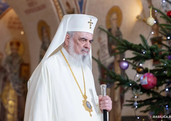

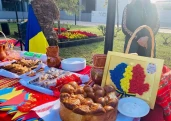
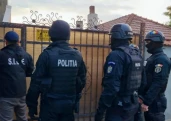
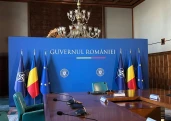


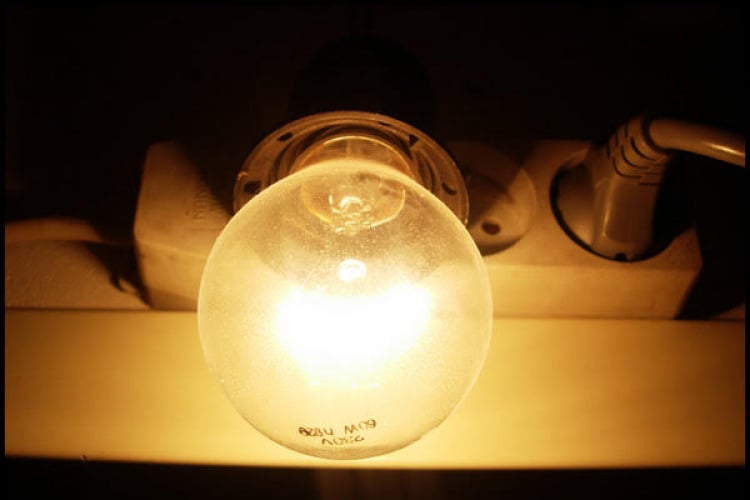
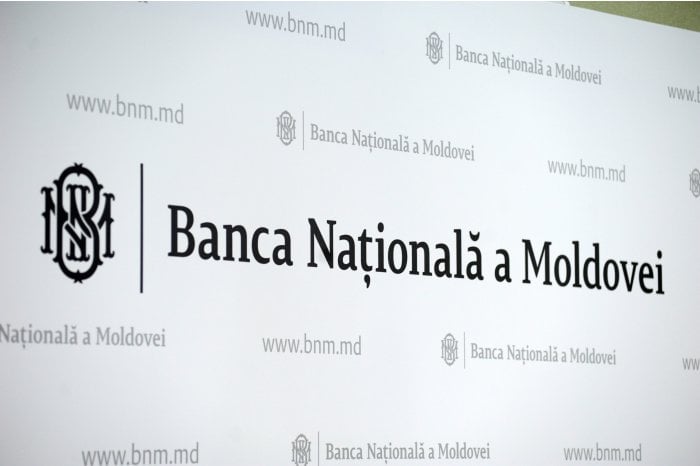

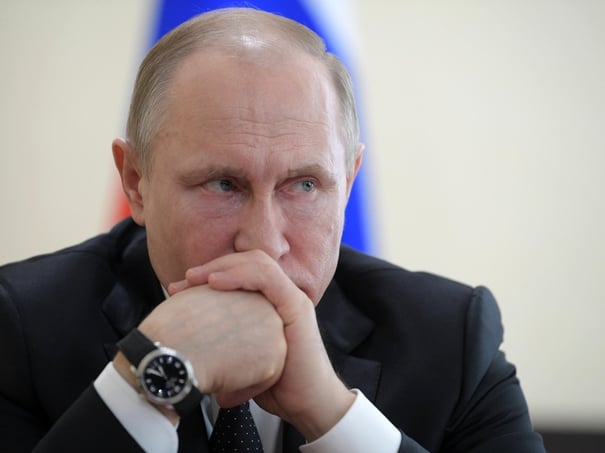




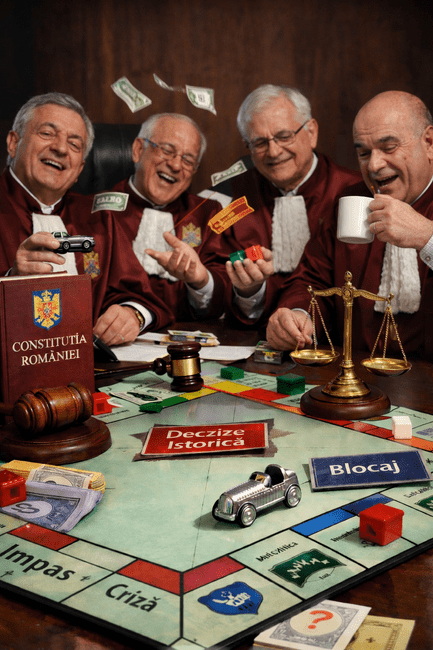


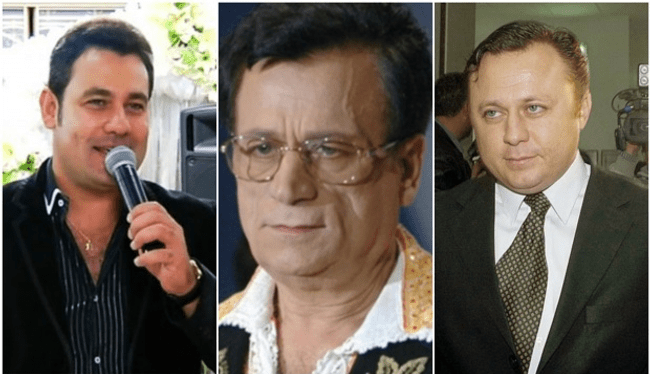
Comentează